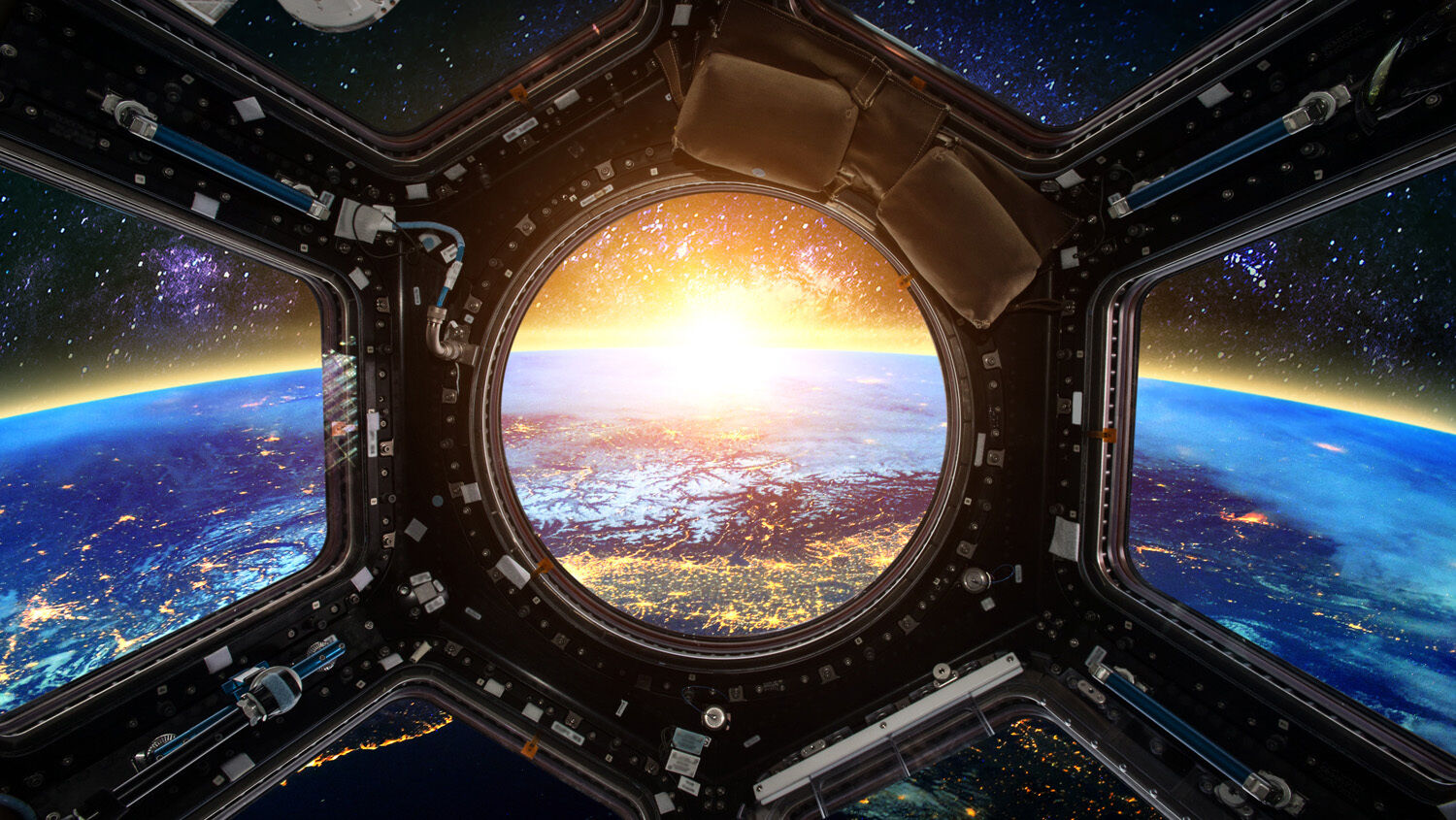
Your Ticket to the Stars
It has been over half a century since Neil Armstrong walked on the moon, and now space companies want to open space travel to the public.
Space tourism is expected to take off quickly—growing from $834 million to $5 billion over the next 10 years, according to an August report from Brainy Insights, a market research company. This market boom is mainly made possible by companies such as SpaceX, Blue Origin and Virgin Galactic, which have created reusable launch vehicles, dramatically lowering the cost per trip.
One of the most notable attractions is the “overview effect” that comes from viewing Earth from space. Researchers define this effect as “a state of awe with self-transcendent qualities, precipitated by a particularly striking visual stimulus.”
After flying on Virgin Galactic’s vss Unity rocket in the company’s first tourist flight, 80-year-old Olympian Jon Goodwin said:
It was a completely surreal experience. But the most impressive thing was looking at Earth from space. The pure clarity was very moving, quite surreal. It was without a doubt the most exciting day of my life.
Capt. Ed Dwight was commissioned by President John F. Kennedy to be the first black astronaut in the 1960s, but wasn’t selected for the Mercury Seven mission after Kennedy’s assassination. Blue Origin was finally able to take him into space this past May at 90 years old.
With ticket prices from $300,000 to $450,000, these rocket flights are only for the rich. However, a few start-up companies are trying to find a more affordable way of getting civilians into space—at least partway.
World View, Space Perspective and Zephalto are working to send people to the stratosphere using pressurized capsules and gas-filled balloons. The balloons cannot reach the Kármán line, which is considered the edge of space at 62 miles above sea level, but they aim to take passengers 15 to 19 miles above Earth’s surface, high enough to see an overview of Earth.
A single ticket for these flights is slightly less expensive:
- Zephalto: around $184,000
- Space Perspective: $125,000
- World View: $50,000
Each of the capsules will fit six to eight customers and one to two crew members. The trip will take six to seven hours. Customers will be able to sit comfortably in their capsule and sip on drinks as a balloon the size of a football stadium gently floats them into the stratosphere.
Though unmanned test flights are still taking place, each company hopes to begin commercial flights by the end of 2024 or beginning of 2025.
Billions of dollars are being poured into researching and exploring the cosmos. Some research companies like GlobalData and Morgan Stanley anticipate the space sector to become a trillion-dollar industry by 2040.
Even if space companies find cheaper ways to get the average person to space, or if the income bracket rises and space tourism takes off, how far can mankind go?
“In a spacecraft, man can only go as far as the moon,” Trumpet managing editor Joel Hilliker writes in Our Awesome Universe Potential. “Humans cannot store vitamin D long enough to get to Mars. We are simply too finite and our solar system too vast.” Is there any way for the ordinary person to truly tour the cosmos?
Many scientists believe the universe spontaneously came into existence through a big bang rather than by intelligent design. But if we believe that God created our Earth, sun, solar system and the entire universe, we can believe His promise in Hebrews 2:7-8: “Thou [God] didst make him [man] for a little while lower than the angels, thou hast crowned him with glory and honor, putting everything in subjection under his feet. Now in putting everything in subjection to him, he left nothing outside his control. As it is, we do not yet see everything in subjection to him” (Revised Standard Version).
In The Incredible Human Potential, the late theologian Herbert W. Armstrong wrote about this passage:
Is it possible God could mean what He says (“all things”)? Nothing excluded?
In the first chapter, the Moffatt translation of the Bible renders the Greek word translated “all things” as “the universe.”
In other words, for those willing to believe what God says, He says that He has decreed the entire universe—with all its galaxies, its countless suns and planets—everything—will be put under man’s subjection.
Mr. Armstrong explained that this is made possible by God re-creating Himself in man. He quoted Genesis 1:26, where God says He is creating man in His “image” and “likeness.” He continued:
But wait a moment! Before you disbelieve, read the next words in the same eighth verse: “But now we see not yet all things [the endless universe] put under him [man].” …
Put together all these scriptures … and you begin to grasp the incredible human potential. Our potential is to be born into the God Family, receiving total power! We are to be given jurisdiction over the entire universe!
This is how mankind will pass the stratosphere and the Kármán line, and reach into the universe. This is how you too can tour the stars. You don’t need thousands of dollars, a balloon or even a pressurized capsule. You have the promise of the Creator God.
To understand more about your incredible human potential, request a free copy of Mr. Armstrong’s book here.
